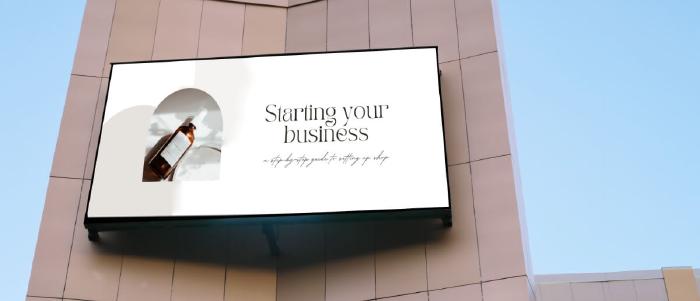
Mar 10 2025
9 min read
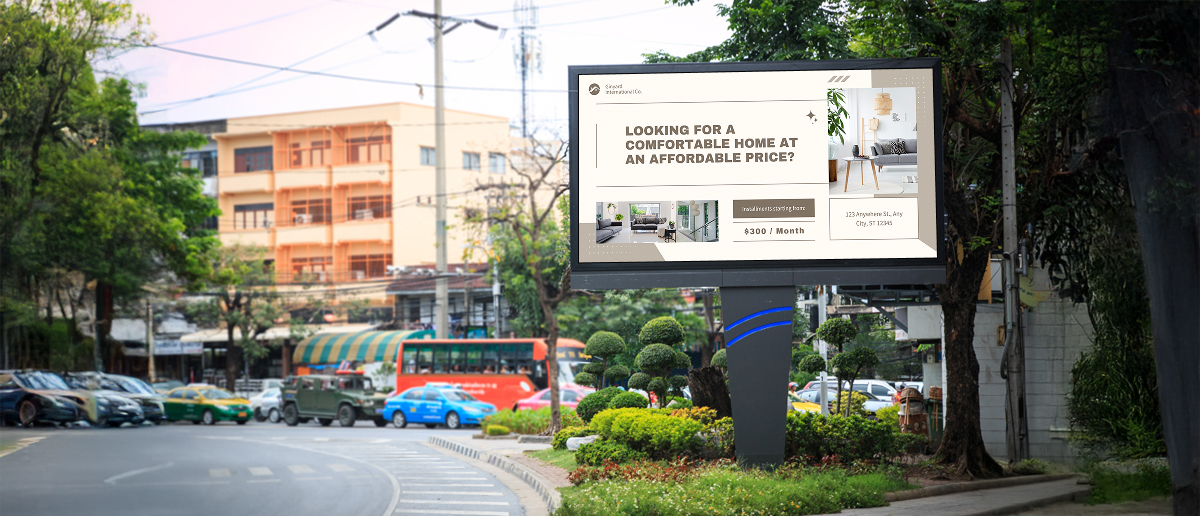
Every city has a character. Their own narrative, culture and way of selling.
In London, charming old streets come alive with handwritten chalkboard menus in local food markets. Every commercial building and shop lit up the entire New York city at night with their bright LED displays to showcase what’s new. Mumbai turns local stations and markets into a living advertising hub with its unapologetically loud announcements on auto-driven speakers.
But even with the best of traditional and unique formats, they miss out on a majority of fast-moving audiences.
That’s where out-of-home advertising steps in. Especially 2D and 3D outdoor digital billboards and creatives that just don’t show ads, they stop people in their tracks. Digital out-of-home advertising is changing the face of urban advertising worldwide.
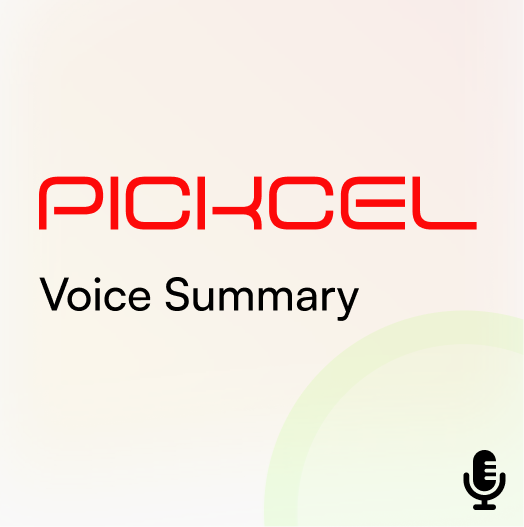
It’s hyperlocal, unpredictable, and everywhere.
Amid this chaos of screens and stories, brands are learning to do more than display ads. They’re crafting timed, tailored and trackable campaigns that make social conversations and help build your brand.
Campaign-based DOOH advertising is a smarter way to run digital out-of-home advertising. Instead of uploading one ad at a time or running the same creative across all locations, advertisers use structured campaigns:
Set Clear Goals: Define what you want to achieve, whether it’s boosting brand awareness, launching a new product, or driving festive sales.
Schedule Timelines: Plan specific durations for each digital creative, often down to the hour or minute.
Target Specific Screens: Aim content at particular locations, times of day, or specific audience demographics.
Track Performance: Monitor key metrics in real time to understand what’s working.
This strategic approach ensures that every piece of content displayed is relevant, timely, and actively working towards a larger objective, transforming screens into powerful communication hubs.
The shift to campaign-based DOOH advertising is more than just a trend; it’s a fundamental change in how brands connect with audiences in public spaces. These strategic methods offer significant advantages, making every advertising work harder and enhancing the customer experience in retail.
Consider a busy train station. In the morning, commuters might see ads for quick breakfast deals or news updates. By lunchtime, the screens could switch to tempting offers from nearby restaurants. As the evening approaches, promotions for entertainment venues or evening classes might appear. This contextual relevance is a hallmark of campaign-based DOOH advertising. It means content can be triggered by:
Time and Day: Dayparting ensures messages align with daily routines.
Weather Conditions: A sudden downpour can trigger ads for umbrellas or hot beverages.
Geographic Specificity: Ads for a specific store’s promotion appear only on screens closest to that store, enhancing customer experience in retail.
Event Triggers: Promoting concert merchandise outside an arena just before a show starts.
This precision makes the advertising feel less like an interruption and more like a helpful suggestion.
A static image, however striking, can become invisible after a few glances. Campaign-based DOOH advertising, empowered by advanced digital signage software, thrives on dynamism. This allows brands to deploy captivating content that continuously refreshes and engages the audience.
Animated videos showcasing a product in action, live sports scores updating in real-time at a pub, or interactive elements that invite passersby to scan a QR code for a special discount are all possibilities. This constant evolution ensures the displays remain fresh and attention-grabbing, significantly boosting in store engagement solutions and dwell time.
Check out: Pickcel's DOOH digital signage for all your advertising needs
Traditional billboards speak to a broad audience, but digital billboard campaigns allow for a more nuanced approach. By analyzing foot traffic patterns and demographics in specific locations, brands can tailor their messages.
An ad for a luxury car might appear in an upscale shopping district, while a family-friendly restaurant ad targets screens near schools or residential areas on weekends. This strategic placement, facilitated by intelligent signage software, ensures that the message is seen by those most likely to be interested, optimizing the campaign’s reach and impact.
The digital nature of DOOH offers unparalleled flexibility. A robust platform allows advertisers to monitor campaign performance continuously. If a particular creative isn’t resonating, it can be swapped out instantly.
If an unexpected local event occurs, a relevant message can be pushed live within minutes. This real-time agility means campaigns are never set in stone. A fast-food chain could react to a local sports team winning a championship by instantly displaying congratulatory messages with special offers, capitalizing on the immediate excitement. This responsive capability is vital for maximizing campaign effectiveness.
One of the historical challenges of out-of-home advertising was proving its direct impact. With campaign-based DOOH advertising, this is changing. While direct sales attribution can still be complex, modern digital signage solutions offer valuable metrics. Impressions , dwell time, and interactions like QR code scans, touch screen taps, provide tangible data.
This information allows advertisers to analyze campaign effectiveness, understand audience engagement, and make data-driven decisions for future strategies, proving the value of their smart signage solutions investments.
Let’s take the example of Rhea, a marketing head at a growing fashion brand. She manages displays across 10 Indian cities. With campaign-based publishing, here’s how she transformed her DOOH strategy:
Rhea planned a 3-week festive campaign. Week 1: teasers. Week 2: limited-time offers. Week 3: last-call discounts. All creatives were auto-scheduled to launch with no manual uploads.
Campaigns like narrowcasting were set to run based on specific dates with active geo-targeting and like-minded audience detection, ensuring precision in content delivery.
In Mumbai, displays outside gyms showed her brand’s new athleisure line. In Chennai malls, it was wedding collections. Each region saw relevant content, all managed from one dashboard.
A user-friendly digital signage CMS helped Rhea manage and upload all her campaign creatives such as images, videos, interactive HTML5.
A competitor launched a flash sale. Rhea’s team rolled out “Extra 30% Off” creatives within 15 minutes, across all metro station displays. Real-time content swaps made this possible.
With advanced remote access, managing and monitoring extensive DOOH networks was an easy quest for her. Pushing new campaign content, updating schedules, monitoring screen health, and troubleshooting issues without requiring on-site presence is just what helped Rhea save the day.
By syncing visuals across stores, transit locations, and malls, Rhea created visual repetition, boosting brand recall.
She chose smart screens with multiple zones capabilities to display multi-faceted campaigns. In the display, one zone showed a primary video ad, another a brand messaging, and a third a call to action with a QR code, maximizing the brand message diversity.
Every campaign had logs. Rhea could see when content played, where it performed best, and which creatives got the most QR scans.
The best software can integrate with external sensors or analytics tools to provide insights into who is viewing the screens. This data helped Rhea launch targeted campaign delivery, maximizing the impact of in store engagement solutions.
As DOOH networks expand and integrate more deeply with various data sources, security becomes non-negotiable. For out-of-home digital signage advertising networks, protecting the integrity of your content and network is critical to prevent unauthorized access, content tampering, or system vulnerabilities that could undermine your message or expose sensitive data.
Key security considerations for DOOH campaigns include:
Data Encryption: All content transferred from your CMS to the media players should be encrypted, safeguarding against interception and tampering.
Access Control & Authentication: Implement robust, role-based access for your team, ensuring that only authorized personnel can publish, edit, or remove campaign content. Features like strong password policies and multi-factor authentication (MFA) are essential.
Network Security: Secure connections like HTTPS/SSL for all communication within the digital signage security are a must. For systems where infrastructure is directly managed, robust firewalls and network segmentation are crucial.
Regular Updates and Patches: Keeping your software and media player firmware consistently updated is vital to patch any newly discovered security vulnerabilities.
Content Moderation: Especially when incorporating live feeds from external sources like social media walls, having automated or manual content moderation processes is important to prevent inappropriate or offensive content from being displayed publicly.
While cloud-based solutions offer widespread accessibility for DOOH, some organizations opt for on premise digital signage for their campaigns. This means the software and data are hosted on the organization’s own servers, providing a heightened level of control over infrastructure and data management.
On-premise signage solution can be particularly advantageous for:
High-Security & Compliance: Industries with stringent data privacy regulations like government agencies, financial institutions, healthcare providers, often prefer keeping all data within their controlled network environment.
Specific Network Conditions: In locations with unreliable internet connectivity or unique network infrastructure requirements, an on premise solution can ensure continuous content playback and reduce reliance on external networks.
Deep Custom Integration: For highly specialized campaigns that require complex, real-time integration with internal business systems (e.g., inventory databases, CRM systems), an on premise setup can offer more direct and seamless integration pathways, supporting bespoke smart signage solutions.
Even with an on-premise setup, the effectiveness of campaign-based DOOH advertising still hinges on the advanced features of the signage software used to manage content scheduling, distribution, and overall network health.
Campaign-based DOOH advertising isn’t just for retail brands. Its adaptable nature makes it invaluable across diverse sectors:
Healthcare: Hospitals can rotate health tips based on the time of day, schedule vaccine awareness campaigns, or publish emergency updates during crises.
Government: City councils can display timely election reminders, share city-specific safety messages, or launch successful campaigns for pollution or heatwave alerts.
Education: Universities can post entrance test notifications, promote campus events across various buildings, or even display day-wise cafeteria menus.
Transit: Bus or train stations can show peak hour offers on food or apps, provide real-time weather or traffic alerts, or display lost-and-found notifications and safety PSAs.
To truly make your DOOH campaigns resonate in the urban tapestry:
Define Clear Objectives: What conversation do you want to start? Is it about brand recognition, driving footfall, or promoting a limited-time offer? Clear goals shape effective campaign strategies.
Understand the Urban Pulse: What’s the mood of the location? Who passes by? Tailor your message to the audience and environment– a bustling market vs. a quiet hospital waiting area.
Keep it Brief and Bold: In a world of fleeting glances, your message needs to be understood in seconds. Use strong visuals, minimal text, and clear calls to action.
Weave a Digital Thread: Use QR codes, unique hashtags, or location-based offers to bridge the gap between the DOOH smart screen and online engagement through website, social media and mobile apps.
Listen, Learn, and Adapt: Utilize the analytics provided by your platform. Track engagement, conduct A/B tests with different creatives, and continuously refine your campaigns. The city is dynamic, and your ads should be too.
From quirky ads in traffic jams to split-screen interactivity in malls, digital out of home advertising is bringing creativity to the streets.
With real-time updates and audience targeting, the focus shifts from ads to experiences. Think facial recognition for dynamic content. Touchscreens for instant feedback. Countdown timers for last-minute sales.
And while not every campaign will go viral like PETA’s, they’ll at least hit the right audience, at the right time, with the right message.
It’s a method of running digital out-of-home (DOOH) advertising using planned, timed, and location-specific campaigns. Instead of showing the same ad everywhere, brands publish different content across screens using a schedule. This helps improve reach, relevance, and results.
Campaign publishing gives brands more control, letting them show the right message at the right place and time. With Pickcel, campaign publishing makes scheduling easier, allows real-time updates, and helps measure performance.
Because it delivers targeted, real-time, and highly relevant ads. Brands can update content based on time, location, or events, making ads more engaging and improving the customer experience in retail and beyond.
Digital signage software is the engine behind every DOOH campaign. It helps you schedule content, manage screens remotely, group locations, and track what’s playing– enabling smarter, faster, and more flexible ad publishing.
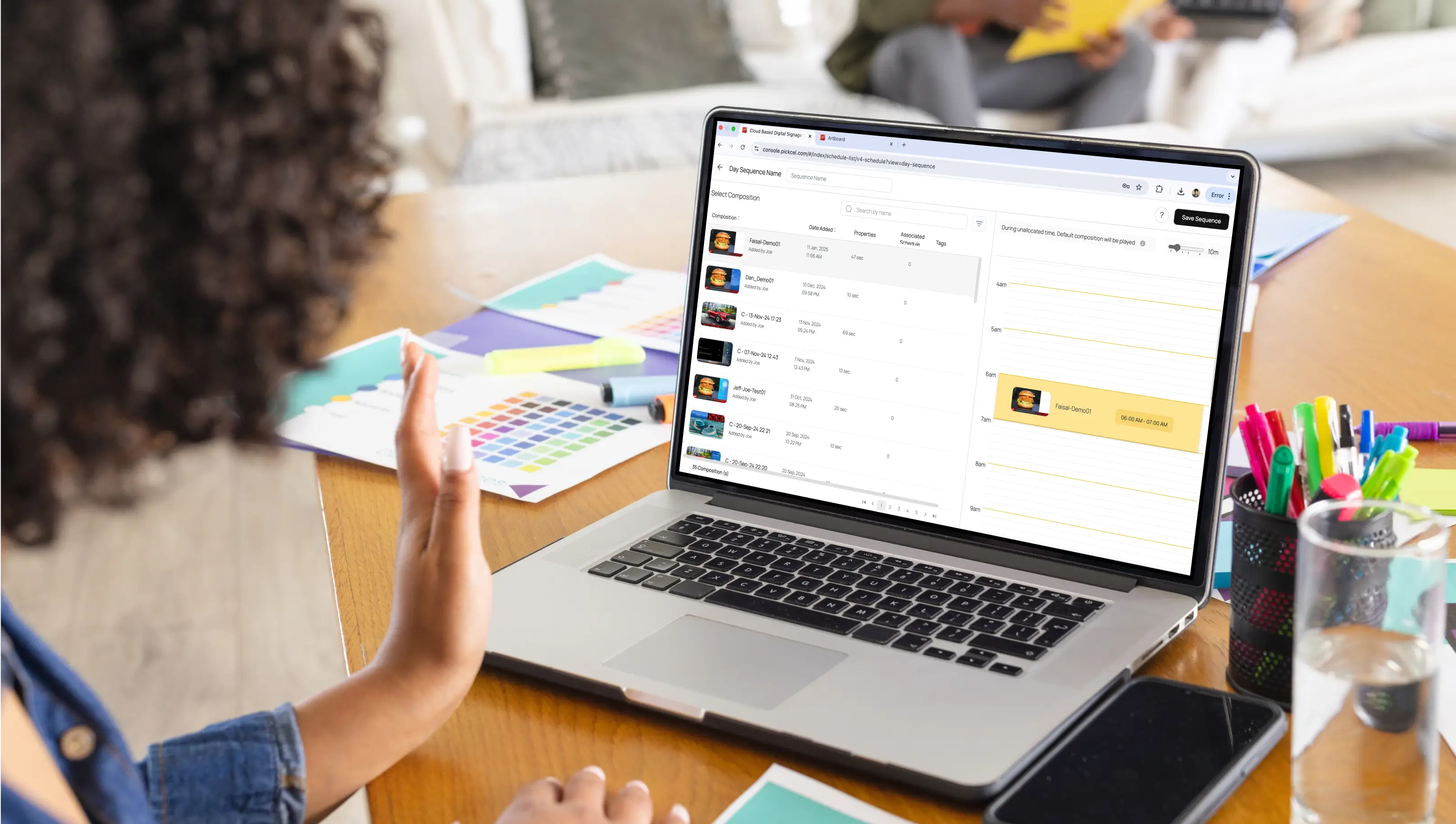




Mar 10 2025
9 min read
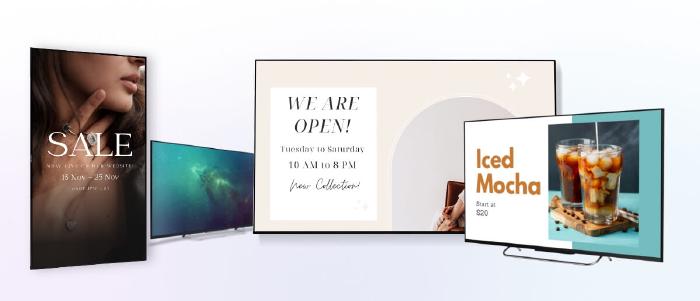
Jan 4 2023
11 min read
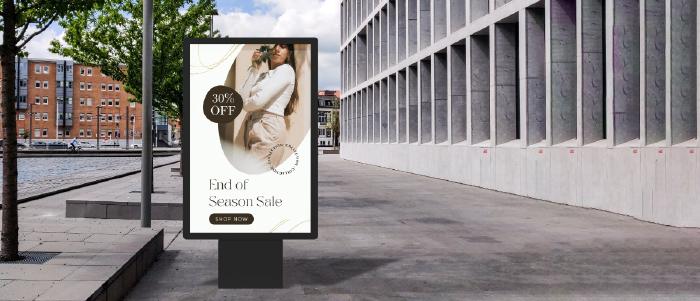
Dec 1 2022
10 min read
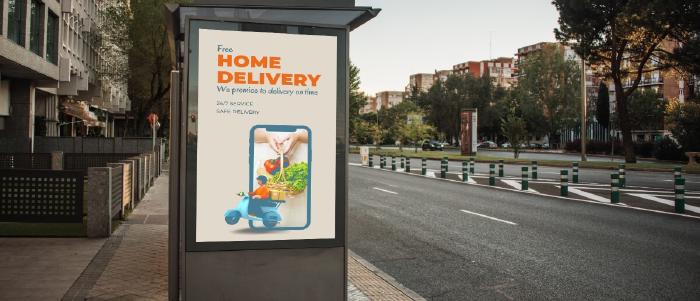
Oct 18 2022
14 min read
Take complete control of what you show on your digital signage & how you show it.
Start Free Trial Schedule My Demo